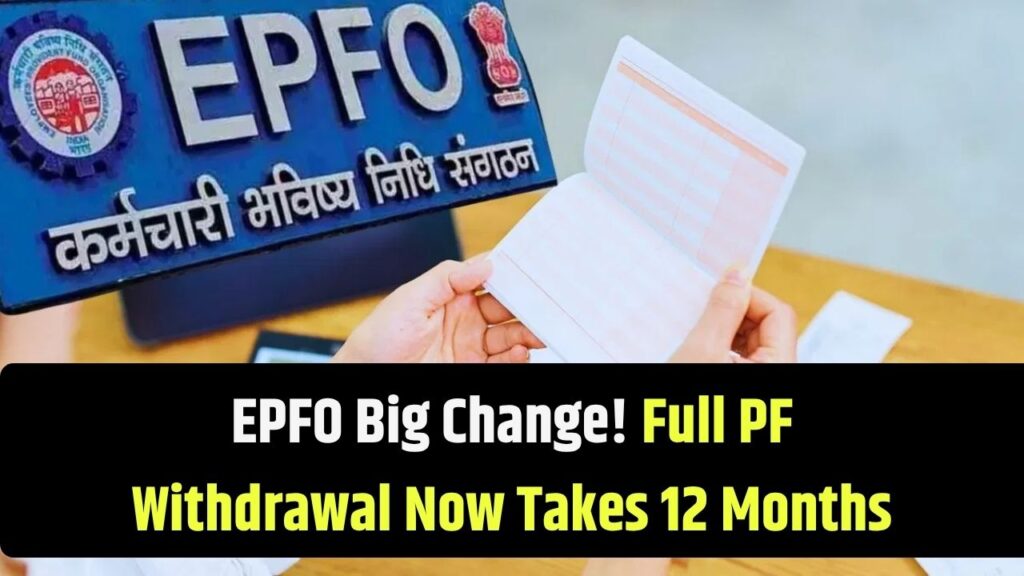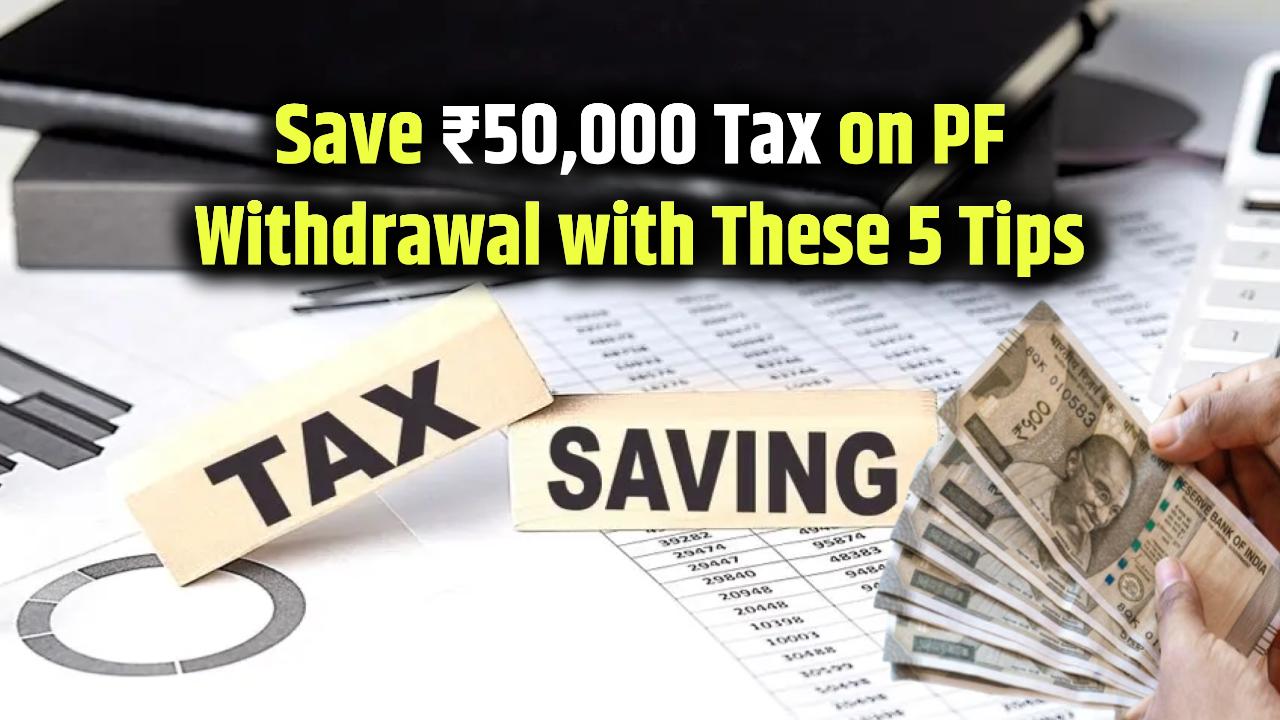
If you’ve been keeping an eye on EPFO updates, you’ll want to know about this important new EPFO change. The Employees’ Provident Fund Organisation (EPFO) has revised the timeline for full Provident Fund (PF) withdrawal after leaving a job, extending it from 2 months to 12 months of unemployment. This major update aims to protect your hard-earned retirement savings while still providing flexibility when you need your money. Let’s dive into what this means for you and how it impacts your PF withdrawals going forward.
What’s the big EPFO change?
The headline change is simple but significant: you can now only withdraw your entire PF balance after being unemployed for a full 12 months, whereas earlier, full withdrawal was allowed after just 2 months. However, you are still eligible to withdraw up to 75% of your PF balance immediately after leaving your job. The remaining 25% can only be withdrawn after this 12-month waiting period.
This new rule is designed to encourage better savings discipline and ensure that more of your PF balance continues to earn interest for a longer time, ultimately helping you build a stronger corpus for retirement. Before this change, many people quickly drained their PF accounts after leaving a job, only to find themselves with less money when they actually retired.
Why did EPFO make this change?
EPFO’s data showed that many members withdraw their full PF amount shortly after losing their job, and then rejoin the workforce soon after. This leads to breaks in service and lower retirement savings or pension benefits in the long term. By extending the final settlement period to 12 months, the EPFO now encourages members to keep their PF intact, earning interest, and growing their retirement nest egg.
How does this affect partial withdrawals?
Along with the timeline change, EPFO simplified partial withdrawal rules by consolidating 13 categories into three broad ones: essential needs (like education, illness, and marriage), housing needs, and special circumstances. You can now make partial withdrawals more flexibly:
- Withdrawals for education are allowed up to 10 times in your membership period.
- Withdrawals for marriage can be made up to 5 times.
- Minimum service period for all partial withdrawals has been standardized to 12 months.
And importantly, EPFO requires that at least 25% of your PF corpus must remain in your account at all times, helping preserve a minimum retirement balance and ensuring that you continue to earn the annual interest on the remaining amount.
Also Read- Important Update: Can You Withdraw PF Money Without a UAN Number? Here’s How
What about pension withdrawals?
The waiting period for final pension withdrawal under the Employees’ Pension Scheme (EPS) has also been extended significantly from 2 months to 36 months of unemployment. This move protects the pension corpus and encourages long-term savings.
What should you do now?
With this EPFO change, it’s essential to plan your finances with a long-term view. Avoid premature full withdrawals unless absolutely necessary, as doing so could reduce your potential retirement corpus and pension benefits. Use partial withdrawals if you need funds for emergencies, education, or housing, while keeping the minimum balance intact to keep earning interest.





